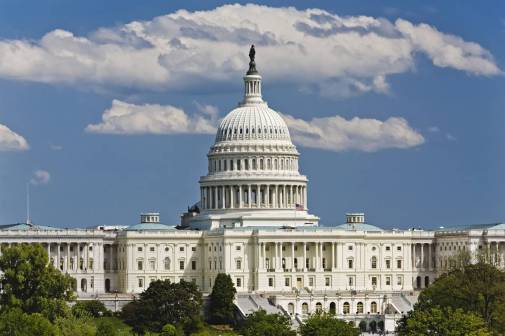Oklahoma AI task force recommends government workforce reduction in final report

Oklahoma’s artificial intelligence task force this week submitted its final recommendations in a report to Gov. Kevin Stitt for how the state can implement artificial intelligence to make government more efficient, including reducing the number of “redundant” government positions throughout the state.
According to the report, 21% of the workforce in Oklahoma is a federal, state or local government employee, which combined with the state’s low unemployment rate, the report argues, creates a challenge for the state’s private sector to find staff. For instance, the report estimates there are 100,000 job vacancies but only 65,000 unemployed Oklahomans to fill them.
However, the task force argues that using AI to perform administrative tasks and other digital services will return some of the available workforce to the private sector and reduce the number of government workers to 13%, calling it “an ideal percentage.”
“AI also has the potential to help us steward taxpayer dollars in a more responsible way by cutting redundant positions and replacing some positions with AI technology. Artificial intelligence creates possibilities for more efficient employment and government services,” Stitt said in a press release announcing the report.
The task force said it based its recommendations on Japan’s economic model, which began incorporating automation into its workforce in the 1980s, when it was able to do the work of three human employees with each robot. The report argues that if Oklahoma were to adopt a similar model using artificial intelligence, the state would reduce public sector human employees by 40% in favor of a more efficient workforce of “digital employees.”
Like many states racing to get ahead of the rapidly advancing technology, Stitt established a task force last September to develop policy and administrative recommendations for implementing artificial intelligence and generative AI throughout state government.
To accomplish a workforce reduction, the task force recommends automating repetitive tasks such as managing public inquiries on government websites and replacing human-staffed call centers with digital employees.
“By automating routine inquiries and responses, AI allows for a more consistent, round-the-clock service, reducing wait times and improving the overall customer experience. This dual advantage of cost reduction and enhanced service quality positions AI as a transformative tool in the customer service industry, offering a compelling case for its widespread adoption.” the report states.
In addition to business and administrative strategies using AI, the task force recommends hiring chief artificial intelligence officers within state agencies to promote the use of AI and manage its risks, following President Biden’s executive order for federal agencies to create such roles.
The task force also emphasized the need for Oklahoma to create ethical guidelines for AI implementation, such as ensuring human oversight and proper data-storage practices.






